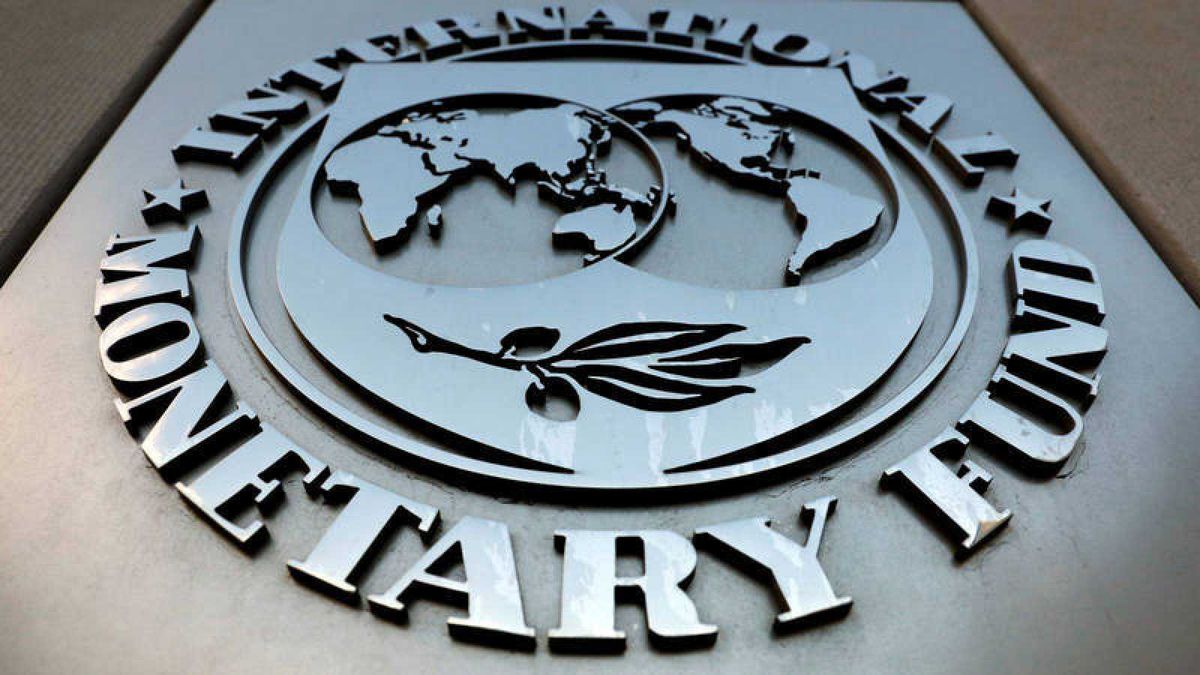fmi.jpg
International Monetary Fund.
From the investors’ perspective, this implies that the positive impact of the agreement would be divided into 3 stages:
- Previous Impact by Expectations: It was seen in the first days of February when it went from low expectations of agreement, to the announcement of the first technical understanding. Country Risk (sovereign debt spread) went from 1,840 points to an average of 1,740 in the following week. That is, an improvement of 100 basis points.
- Ad Impact: The signing of the agreement could generate an additional improvement to what has already been seen, although surely it is still limited. The first historical reference that appears is the post-restructuring period of private debt, where the spread averaged 1,420/1,450 points. it implies a significant improvement (300 points) compared to the current situationbut still very far from the values necessary to return to the capital market.
- Fulfillment Effect: The target should be achieve spread levels that are compatible with a return to voluntary debt markets, given that this condition is unavoidable for the debt to be sustainable. If this access is achieved, the implicit risks automatically decrease and therefore the Country Risk decreases again. Between 2016 and 2018, the Country Risk level was on average below 500 points and there was access to foreign capital markets. Being able to reach these values will surely require going through a whole process in which the goals are met on a quarterly basis. This basically has to do with the structure of the agreement, which is in stages and requires two and a half years of meeting goals to clear the maturity horizon.
IMF.jpg

The International Monetary Fund.
Wikipedia.
International references also serve to put the situation in context and try to understand the potential and limits of Argentine assets.
If we compare the spread that Argentina and some emerging countries paid for their debt in 2017 and analyze the current situation, we can define some references. At the time that Argentina had access to the capital market, it validated interest rates similar to those of Ecuador, Ukraine or Egypt. Today those same countries, considering the particularities of each case, pay a spread with their sovereign debt of almost 850 points (the effect of the war that raised Ukraine’s Country Risk is not considered). In this framework, having expectations of spreads similar to those of 2017 looks unrealistic.
IMF.jpg
International Monetary Fund.
From the analysis carried out, we can conclude that If the agreement goes forward, a first positive reaction can be expected from local debt securities., but that the effect will be limited given the gradual scheme of the agreement with the IMF. Therefore, from then on, future improvements will depend on how the agreement is fulfilled and on the evolution of the international financial scenario and especially on the appetite for emerging markets.because even comparable countries in 2017 today are paying double the spread.
We are facing an essential agreement, but it will be necessary to endorse it with policies that gradually guarantee greater fiscal solvency and monetary and exchange order. This is necessary, because the only way to guarantee the solvency of the debt is to regain access to the capital market. If it is possible to show that a path is traveled that leads to recovering that agreement, the times of improvement can be shortened, instead if the signals are mixed, the risk is that the closer maturities of the restructured bonds could generate a downward spiral. Therefore it is key to start off on the right foot in a potential agreement with the IMFto try to enter the virtuous circle and shorten deadlines.
Source: Ambito

